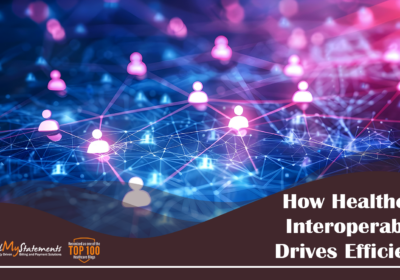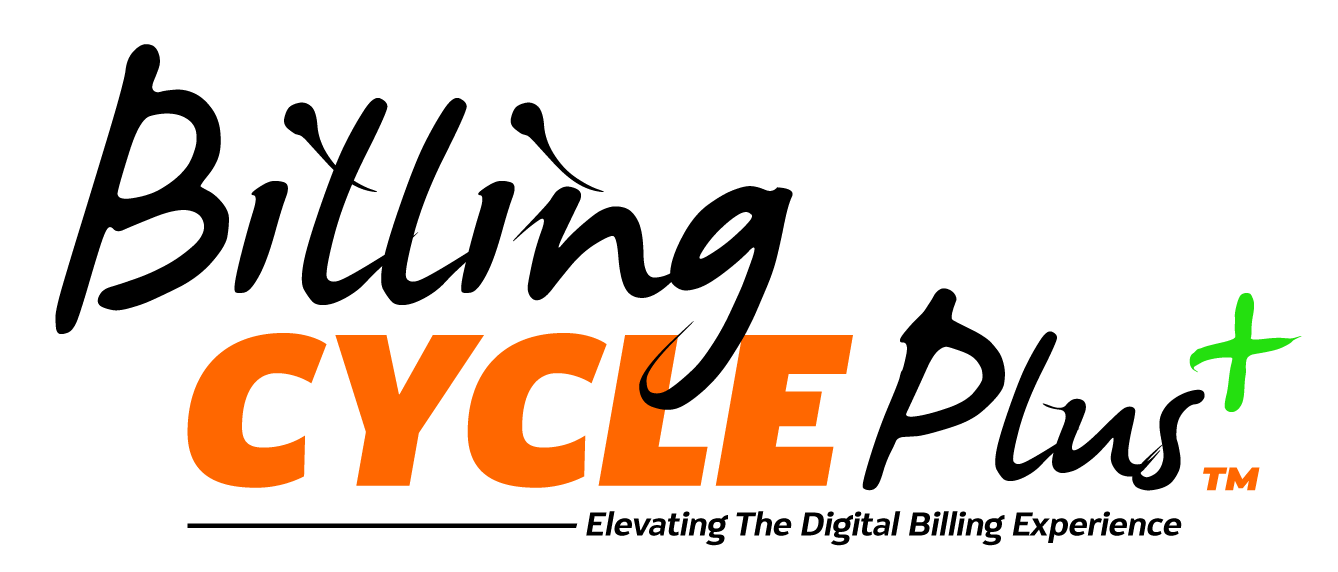Bots vs Bills: The Rise of RPA in Medical Billing

Intensifying workloads, intricate regulations, and ever-shifting healthcare landscapes are pushing medical billing departments to the limit. Fortunately, innovative technologies like Robotic Process Automation (RPA) are emerging as powerful tools to address these challenges and revolutionize the landscape of medical billing.
What is RPA?
RPA is a technology that utilizes software robots, also known as ‘bots’, to automate repetitive, rule-based tasks typically performed by humans. These bots can mimic human actions by interacting with various computer systems, extracting data, manipulating information, and triggering specific actions, all without human intervention.
The Rise of RPA in Medical Billing:
The repetitive and data-heavy nature of medical billing makes it a prime candidate for RPA implementation. Some of the most common tasks automated by RPA in medical billing include:

- Data Entry: Bots can extract patient information from various sources, such as registration forms, doctor’s notes, and insurance cards, and input it into billing systems, eliminating manual data entry and reducing errors.
- Claim Submission: RPA can automate the process of submitting claims to insurance companies, ensuring timely submissions and minimizing the risk of errors due to manual data entry.
- Payment Posting: Bots can automatically reconcile payments received from patients and insurance companies, streamlining the process and freeing up staff for more complex tasks.
- Denial Management: RPA can analyze denied claims, identify the reason for denial, and initiate the appeals process, saving time and effort for billing staff.
Benefits of Implementing RPA in Medical Billing:
RPA offers numerous benefits for medical billing departments, including:
- Increased Efficiency: By automating repetitive tasks, RPA significantly reduces the time and resources needed for billing processes, freeing up staff to focus on higher-value tasks like patient communication and resolving complex billing issues.
- Improved Accuracy: Bots eliminate the human element from repetitive tasks, minimizing errors associated with manual data entry and ensuring greater accuracy in billing processes.
- Reduced Costs: Automating tasks lowers labor costs associated with manual data entry and claim processing, leading to significant cost savings for healthcare organizations.
- Enhanced Compliance: RPA can ensure consistent adherence to complex coding and billing regulations, reducing the risk of compliance issues and potential penalties.
- Improved Patient Satisfaction: Faster and more accurate billing processes lead to faster patient payments, improved cash flow, and ultimately, a smoother financial experience for patients.
Challenges of Implementing RPA in Medical Billing:
While RPA offers promising benefits, implementing it successfully requires careful consideration of potential challenges:
- Initial Investment: Implementing RPA requires upfront investment in technology and potential disruptions to existing workflows.
- Limited Functionality: RPA bots are best suited for automating rule-based tasks and may not be effective for handling complex or nuanced situations requiring human judgment.
- Data Security Concerns: Ensuring the security of sensitive patient data is critical when using RPA bots, requiring robust security measures and data governance protocols.
- Change Management: Implementing RPA often requires changes to existing workflows and processes, necessitating effective change management strategies to gain staff buy-in and minimize disruption.
Conclusion:
RPA presents itself as a powerful tool for transforming the landscape of medical billing. While challenges exist, the potential benefits of improved efficiency, accuracy, and cost savings are undeniable. By carefully assessing their needs, implementing solutions thoughtfully, and addressing potential challenges, healthcare organizations can leverage RPA to streamline workflows, optimize billing processes, and ultimately, contribute to a more efficient and patient-centered healthcare system.
Get started today and learn more about how MailMyStatements can help streamline your payment collection process.
![]()



